Huawei's Product Manager explains the development process of top smartphones
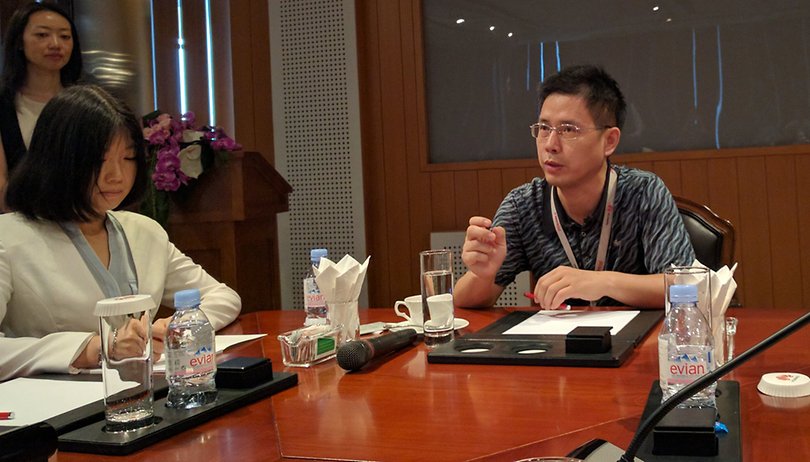

I sat with Sam (no last name), the Chief Product Manager of the Huawei P9 at the Huawei Development Center in Shanghai to get a deeper insight into the development of existing and future P and Mate series smartphones. He explained why there are still no 2K displays or wireless charging smartphones coming from Huawei.
In conversation the previous day with Joonsuh Kim, Mobile Design Vice President of Huawei Consumer Business, I learned that Huawei smartphones are the result of years of research from the global team. In Japan, Europe, China and the United States Huawei constantly analyzes what consumers want. The result of this research is flowing directly into the P and Mate devices. These are tailored for the widest possible audience.

Sam assured me that 2K displays are less important than long battery life. And Huawei's research showed that quick charging is less important than a metal unibody (of which, nullifies wireless charging). Conversely, Sam promised, this also means that wireless charging will be adopted by Huawei once the technology matures and the benefits are greater for the customer.
It seemed to me that Huawei is taking a cautious approach to changes in its devices. New technologies are only accepted reluctantly; Huawei often optimizes what the competition has already implemented. Huawei's strategy of reacting to trends is not inconsistent with innovation, insists Sam.
Where does Huawei dare to innovate?
The development and design department is working on the new P and Mate models in conjunction with a 15-month research and development venture. But after several prototypes all those "features in which we are not quite sure" are abandoned, said Sam. But is there a device line where we find these experimental features?
"In the future, we can imagine an experimental line of devices for Huawei," said Sam. With the emphasis on the brand (Huawei and not Honor) it leaves a gap open that Honor is filling. We think of the light field camera from the Honor 6 Plus or the folding camera in the Honor 7i, which came to Europe rebranded as the Huawei ShotX.
Rebranding: A sensible marketing ploy
Whether devices for specific markets are rebranded is a marketing question. As a fresh example, I used the P9 lite, which is available in Chinese stores as the G9 Young. Design Chief Joonsuh Kim was visibly surprised that there is a P9 lite in Europe. After explaining the idea of the P-series – namely premium materials with a high-end camera system – he was dismayed that a G-series device in Europe was branded as a premium device. Sam, however, didn't share this opinion.
The P-series CEO explained that the P and Mate series already is at local market capacity in Europe. In particular, the P-series, which is already a success in Europe, is easier to market than the G-series. So the efforts are concentrated on areas that are already successful.
Press Touch: Innovation with teething problems
A clear counterexample to the aforementioned number-safe strategy of innovation is Press Touch. The technology allows multi-level sensitive touchscreens and requires adjustments in the software interface. "We need even more features," said Sam. And if that happens, we'll bring Press Touch to other devices. Unfortunately, Press Touch is developed in isolation. From Google, there is no support.
This is irksome, and eventually Google could unify the feature at the system level for all manufacturers; as we recently saw with the multi-window feature in Android N. Then app developers could start to adapt apps for the new technology menus. The current support of the Android system for Press Touch, or the like, tends to be low. So Huawei might need to manipulate much of the proprietary code. And this maintenance affects system updates.
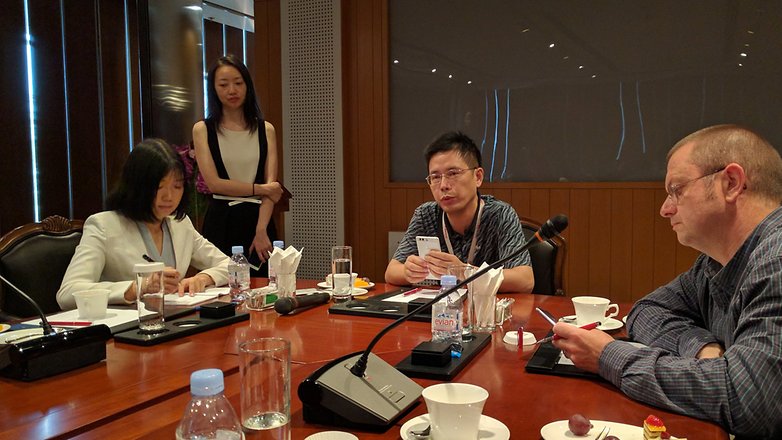
The Huawei P10 with only one main camera?
Another crazy innovation in the P-line was without question the dual camera system in the P9. But this could be forgotten with the P10. Although it will again be a partnership with Leica, the number of lenses is not yet certain. The dual camera system became a hallmark of the P9 and through experimentation with camera solutions for the P10 there could be a different option; perhaps just one main camera.
VR: Maybe a different approach
Unlike Chenzhu Li, Sam has not excluded a speedy VR solution for Huawei. Similar to Huawei CEO Richard Yu – for the P9 in London – Sam says that we will know the VR strategy for Huawei later. A development team was off to work on different optics. And when pressed, the company would consider a third-party option.
This might mean that Huawei chooses to go the route of HTC and include Samsung in its strategy. So the company might not use its smartphones as an accessory for its VR but rather have it be a standalone product. Finally, the display of the of its own smartphones are not designed for VR. You would need at least a QHD resolution for that.
In conclusion
My insight into Huawei's product strategy and its implementation on the ground has shown me – at least in small batches – how the Chinese smartphone giant wants to conquer the smartphone world; and probably can. Its recipe lies in intense market observation. And with its 70,000-strong research department, I am quite sure that Huawei has developed various secret weapons. When fired, the impact on the market is large enough for Huawei to take juice from the competition.
Where do you want Huawei to focus its research power? Let us know in the comments.

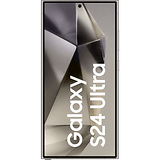
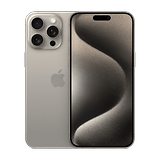
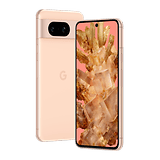
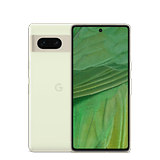
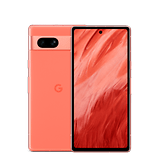

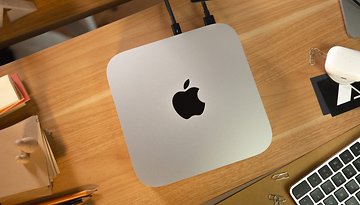
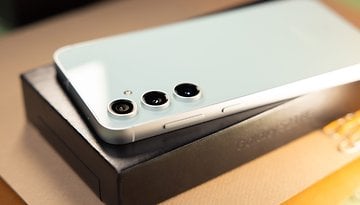
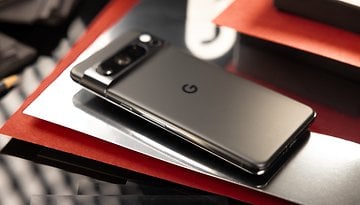




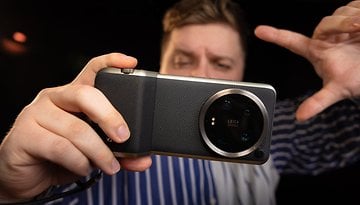

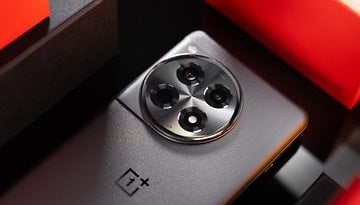

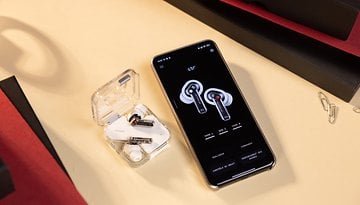
Recommended editorial content
With your consent, external content is loaded here.
By clicking on the button above, you agree that external content may be displayed to you. Personal data may be transmitted to third-party providers in the process. You can find more information about this in our Privacy Policy.